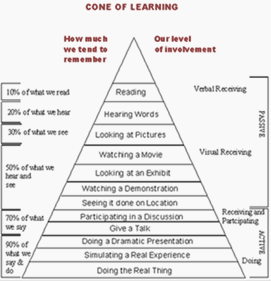
The article for social justice started to make me think about how I was going to change the banking system in my own classroom. I have always been a firm believer that justice is worth the fight if you believe what your fighting for. I believe that children are worth fighting for no matter what! Schools today are so concerned about what scores American kids get on the standardized tests. They put so much stress on these kids to do well on these standardized tests, that teachers today are just feeding the information into the minds of these young ones to pass these tests and not showing them what they are explaining. All of these children are memorizing word for word of what their teacher is saying. Are they actually learning? According to the Article that we had to read today's society and it's values are putting self interest and personal gain ahead of compassion and the communal good. I think that this is one of the problems with the educational system as a whole. A school is a community and children play a big part of that community. We need to make sure that it is a learning community not a memorizing community. I have been saying it over an over children learn with their senses. They also need to feel that they are all in this community together try to leave little room for feeling of left out. I was skimming parts of chapter 16 in Democracy and education by John Dewey and he states that education is suppose to promote independent, self motivated and critical thinking from these children. I do not believe that teachers standing in front of their students reading from their books is the best way to learn or achieve self motivated critical thinkers. We need to come up with projects for both individual and groups to learn the material. We need to show them what we are trying to teach. Let them feel what a pine tree feels like or actually create a constellation. Think about it, remember going to the museum of science and all the stuff that you got to touch and smell and jump on. It helped you learn about the lighting, animals and how the waves worked in the ocean. Not just a teacher telling you that's how it happens. We need to find ways to help them learn in the same way museums do on a smaller scale. I found this cone of learning on one of my searches and thought it fit perfect with what I was talking about.
http://www.ilt.columbia.edu/Publications/Projects/digitexts/dewey/d_e/chapter15.html




